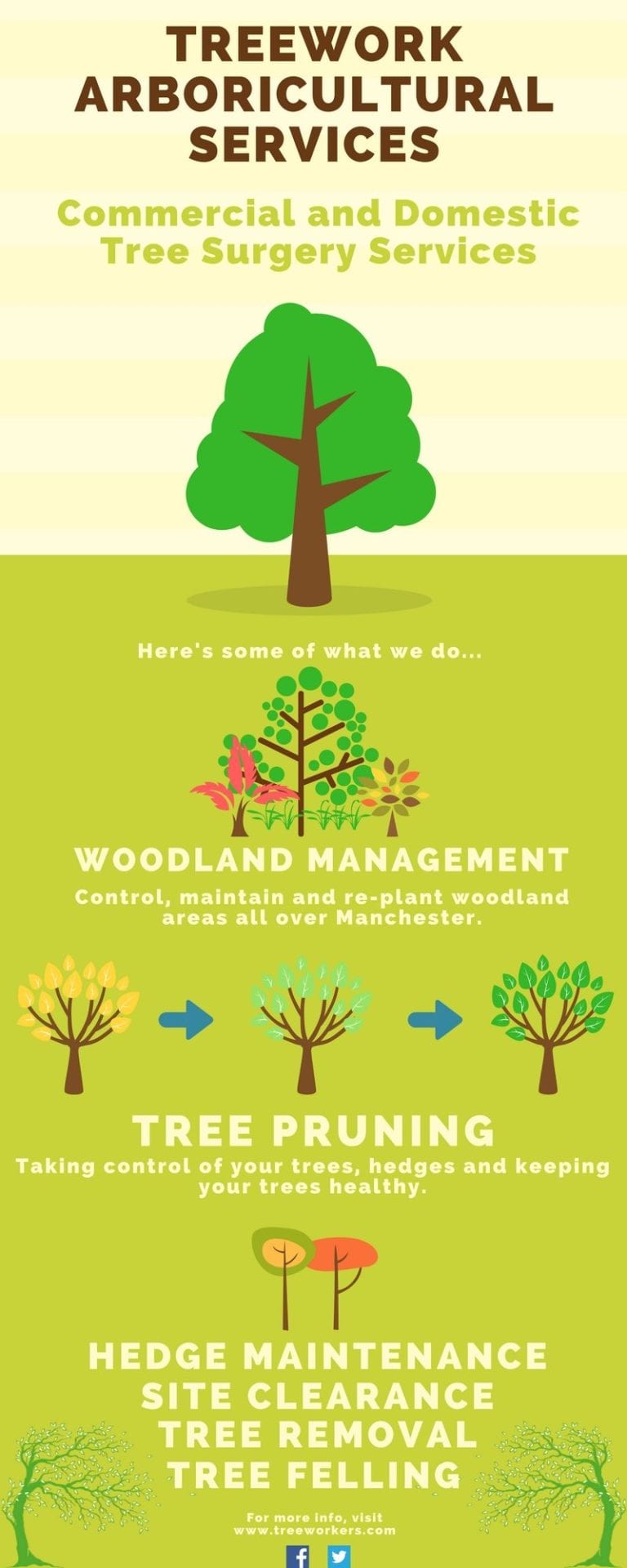Hints That Suggest Tree Removal: How To Area Hazardous Trees
Hints That Suggest Tree Removal: How To Area Hazardous Trees
Blog Article
Article Author-Winther Emerson
When it pertains to tree treatment, recognizing the indicators that it's time for elimination is crucial for your security and residential or commercial property. You might observe tarnished leaves, wilting branches, or strange fungal developments showing health problems. Architectural concerns, like a substantial lean or splits in the trunk, can additionally posture risks. Recognizing these warning signs can aid you make notified decisions regarding your trees and avoid prospective threats lurking in your backyard. What should you look for next?
Indications of Decay and Illness
When you see signs of degeneration and condition in your trees, it's vital to act swiftly. Search for stained fallen leaves, wilting branches, or unusual growths like fungi. These can show that your tree is struggling.
If you see fractures in the bark or soft, mushy wood, these symptoms suggest inner decay. Additionally, a sudden rise in bugs around your tree can indicate that it's weakened and prone.
Look for any kind of dead or dying limbs, as they position a risk to your residential property and safety and security. If you doubt regarding what you see, speaking with an arborist can provide clearness.
Resolving these signs early can save you from much more extensive damages and make sure the wellness of your lawn. Do not wait till it's too late.
Structural Instability and Leaning
As you observe your trees, watch out for any kind of signs of architectural instability or leaning. If a tree leans dramatically, it might show that the root system is endangered.
Look for any kind of fractures in the trunk or dirt around the base; these can signify prospective failure. Furthermore, look for uncommon development patterns, like a lopsided crown, which may suggest that the tree is battling to hold itself upright.
If you notice that the tree favors your home, power lines, or various other frameworks, it poses a higher danger. Do not overlook these indications-- seek advice from an arborist to assess the situation.
Acting early can stop When To Prune Trees and ensure your safety and security.
Dead or Dying Branches and Vegetation
If you discover dead or passing away branches and foliage on your tree, it's a clear sign that something's incorrect.
These harmful areas can suggest underlying issues like condition, insect problems, or ecological tension. When branches shed their fallen leaves or transform brownish, they're no longer contributing to the tree's health and wellness. Neglecting these signs can result in additional decline, making your tree extra harmful.
Dead branches can easily break off throughout storms, positioning a danger to residential or commercial property and people nearby. It's essential to analyze the extent of the damage.
If the issue influences a considerable part of the tree, take into consideration speaking with a professional. They can aid figure out if elimination is necessary to ensure security and maintain the elegance of your landscape.
Final thought
If you see any indicators of degeneration, architectural instability, or dead branches on your trees, do not disregard them. Stump Grinding Circular Saw can posture significant safety dangers to you and your home. It's always best to speak with a professional arborist that can provide an expert analysis of your trees. Acting early can protect against crashes and expensive damage, ensuring your landscape continues to be risk-free and healthy. Bear in mind, it's much better to be aggressive concerning tree care than to wait for a disaster to occur.
